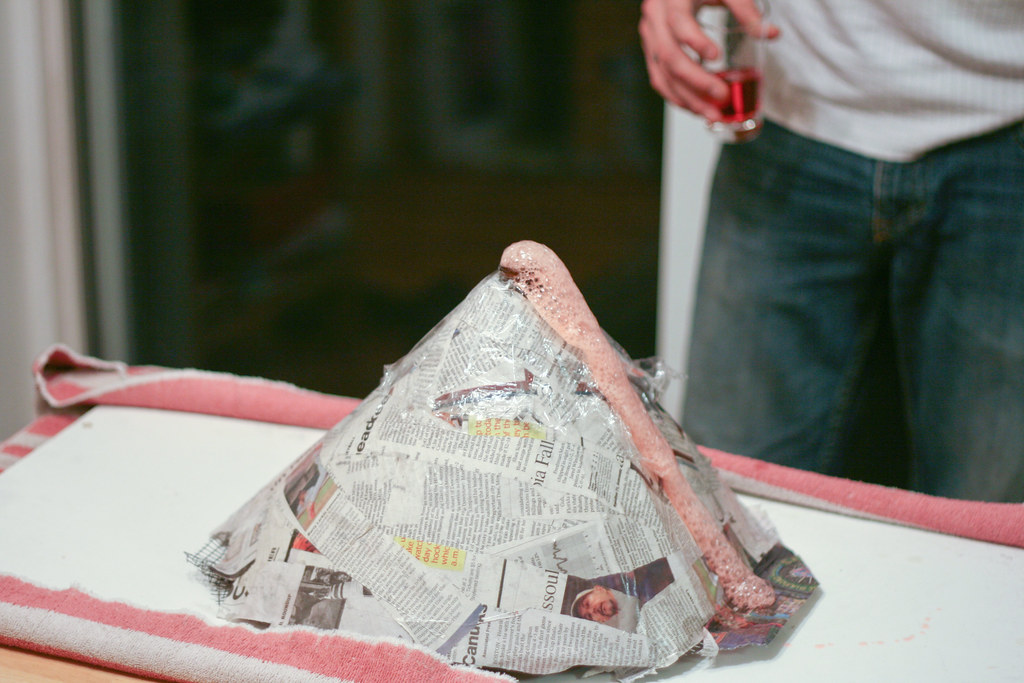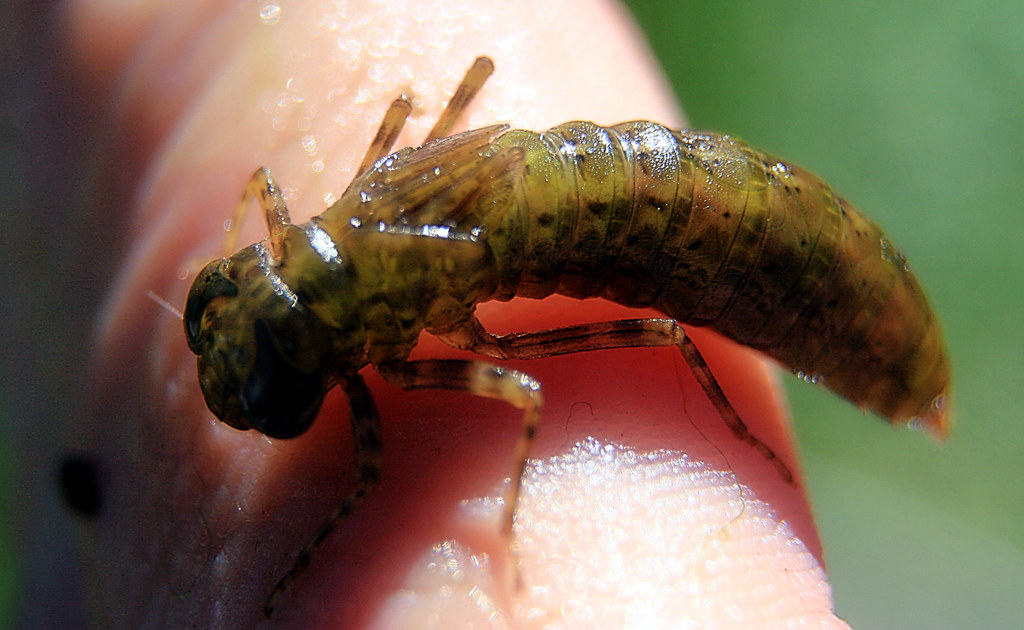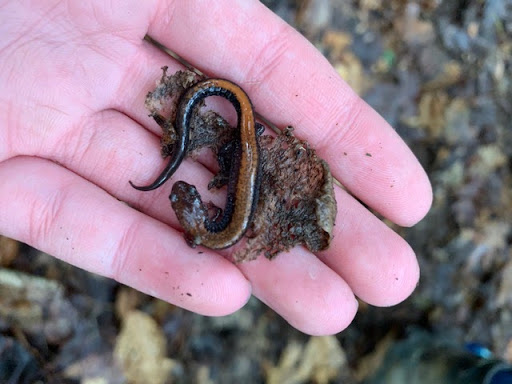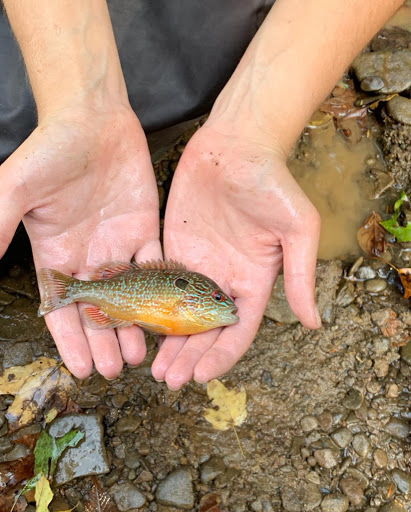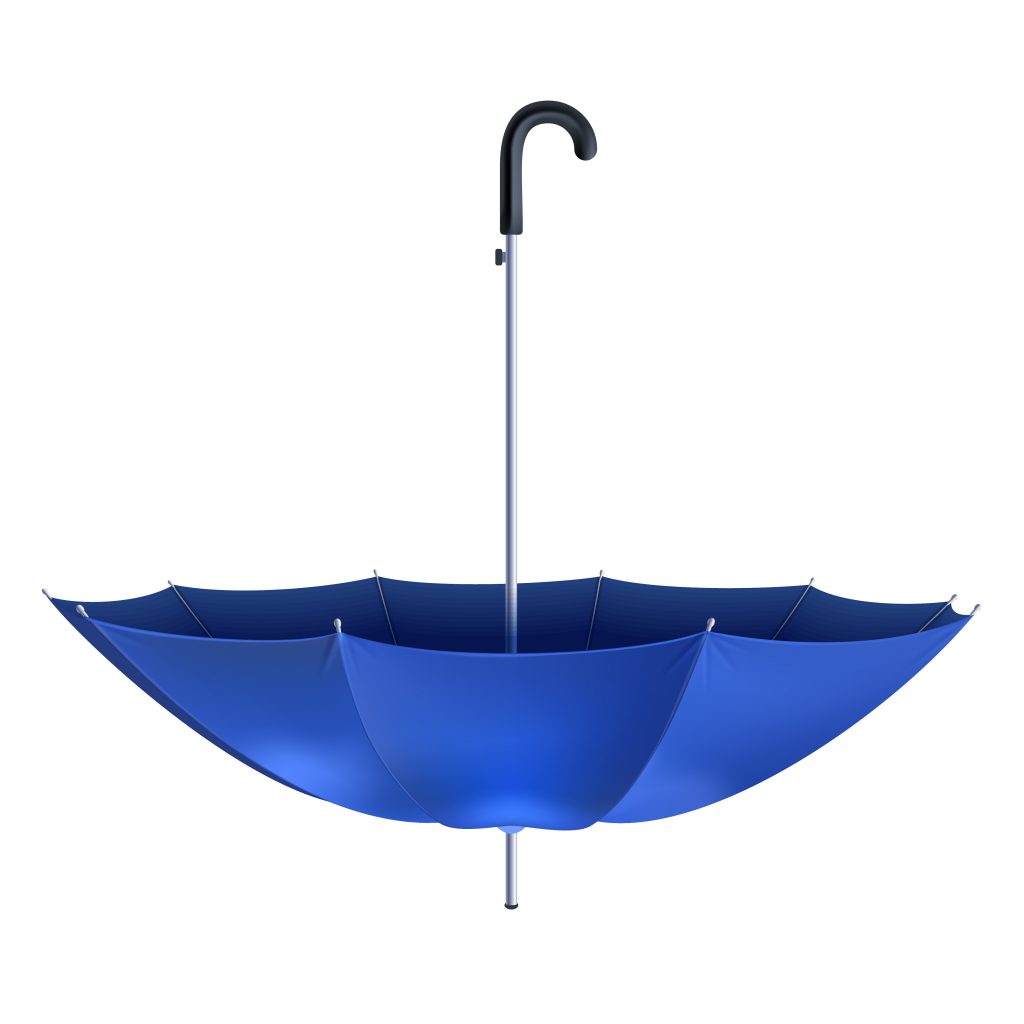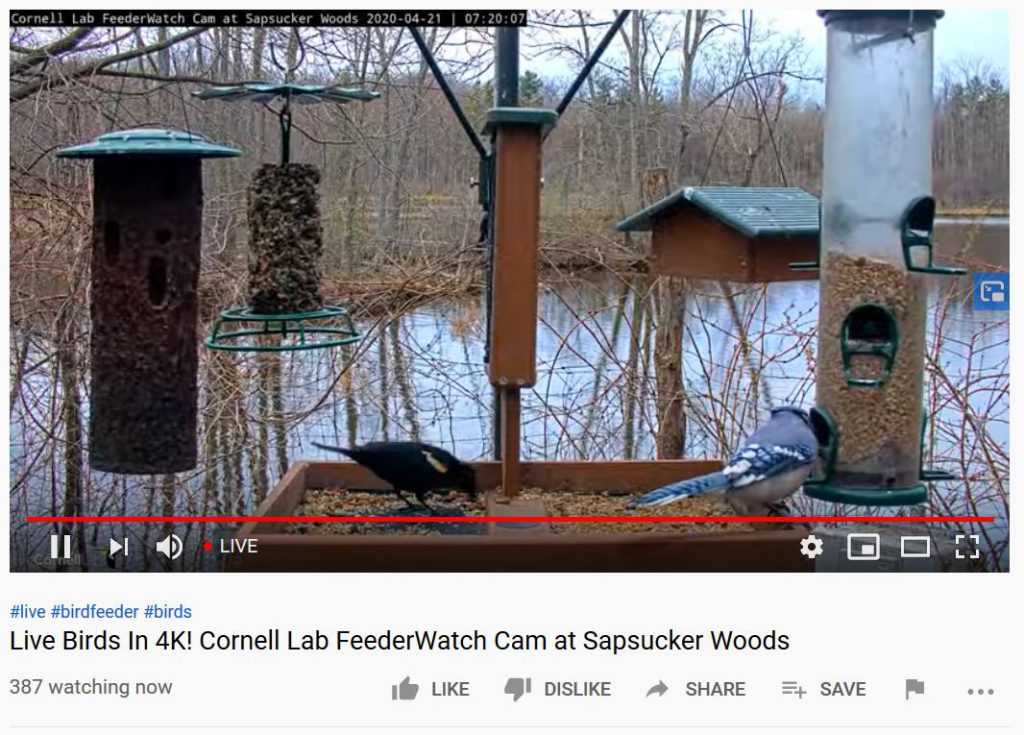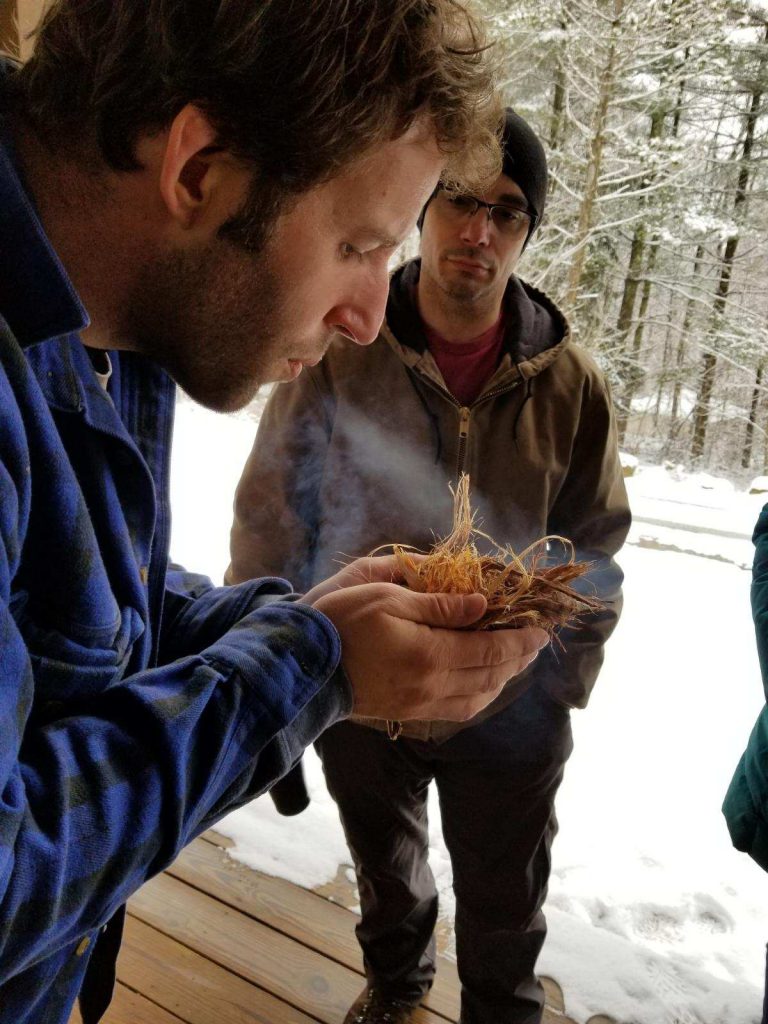Creeking is one of our favorite outdoor activities! On this zoom field trip we will:
- Visit two different creeks
- Learn about fish, insects, and other animals we can find in the creek
- Learn about microhabitats in the creek
- Learn how to tell if a creek is healthy or dealing with pollution
- Visit an acid mine drainage seep, and show how pollution can be helped
~~~~~~~~~~
Friday, May 8 at 1:30pm
Please register at this link: https://us02web.zoom.us/meeting/register/tZEtfumhrjwtGtLpEBNwQ5FnTz5cFx2L8HSC
~~~~~~~~~~~~~~~
You can also follow the facebook event.
Have a creek question or request for the field trip? Leave a comment!
Stay updated in our Facebook Group
We are sharing every new activity in the Southeast Ohio Young Naturalists Club facebook group. Join our group for conversation with other nature-exploring families, and to always know what environmental education activities are happening.
Brush up on your creek knowledge before the trip
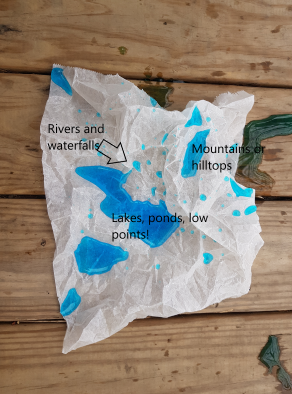
Our watershed team has been posting great activities about creeks for the last two weeks!
- What’s the pH of your water?
- Acid Mine Drainage
- Fixing Acid Mine Drainage (coming soon)
